Let’s rank America’s fighter jets (and some of its other planes) based on their top speed
- By Alex Hollings
Share This Article

So, just how fast are American fighter jets? That can be a tougher question to answer than you might think. There are many variables that can dictate how fast a fighter can fly, including the speed restrictions and the weight and drag created by carrying weapons, targeting pods, extra fuel tanks, and everything else fighters need in a fight.
Fighter top speeds are measured without any of that gear, with the aircraft flying “naked,” as is usually called and often, without even carrying a full tank of gas. The listed “top speed” of a fighter is something most of its pilots will never actually see; the rare exceptions are shake-down flights after major repairs or maintenance, when some lucky pilots get to take their jet up naked and try to push it hard enough to see if the new repairs will break.
And those physical variables aren’t the only thing to consider. It’s also important to note that it’s something of an open secret that the Pentagon is straight up lying to undersell the jets’ real capabilities. The SR-71, for instance, had a publicly disclosed top speed of Mach 3.2, when Blackbird pilots regularly reported flying faster than that and declassified Lockheed documents suggest it could reach Mach 3.5 or maybe even higher (though at serious risk to the aircraft). This is also demonstrated in other jet metrics: For example, ven today, the Air Force lists the F-22’s service ceiling as “above 50,000 feet,” but when it shot down that Chinese spy balloon in 2023, the Raptor that launched that Sidewinder was flying at well over 60,000 feet.
Therefore, any listed top speeds should be taken with a healthy grain of salt, because they could be quite a bit higher or lower depending on the aircraft, its payload, and the circumstances of the flight.
So, bear that in mind while we run through the unclassified, or publicly disclosed top speeds of every American fighter in active service, ranked from fastest to slowest.
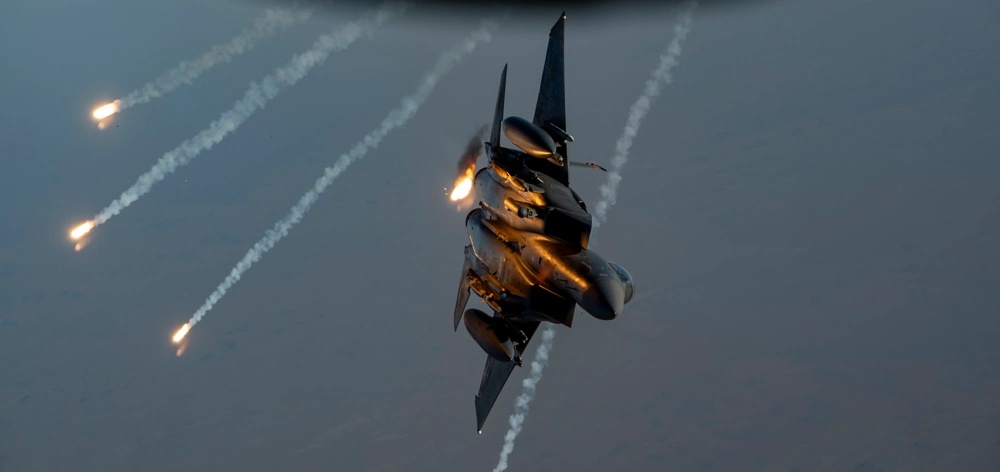
F-15E and F-15EX: Both modern Eagle variants have a publicly disclosed top speed of Mach 2.5, making them the fastest fighters in Uncle Sam’s arsenal. Boeing officials have further stated that the F-15EX, in particular, is likely capable of doing a fair bit faster than that.
F-22 Raptor: The reigning air superiority champ has an unclassified top speed of Mach 2.25, though like its service ceiling, that may be underselling it a bit. The Raptor’s real high-speed claim to fame, however, is its ability to supercruise, or fly at supersonic speeds without using its afterburner, at speeds potentially as high as Mach 1.8.
Related: The story behind this all-gold F-16 – and 5 more new combat plane paint jobs you need to see
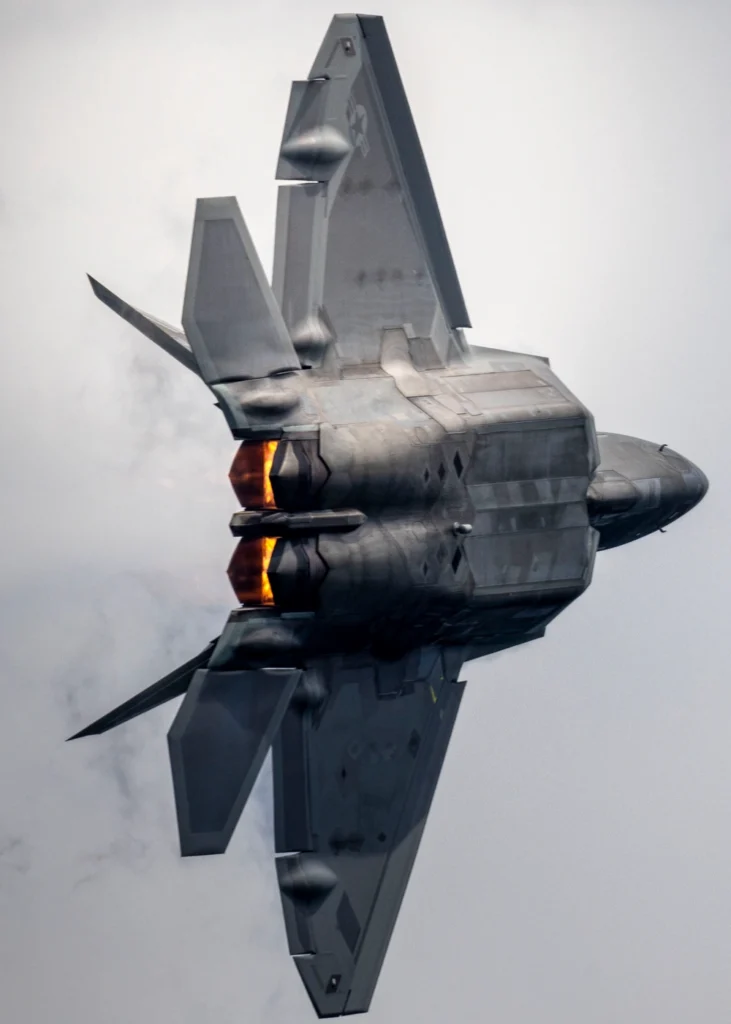
F-16 Fighting Falcon (or the Viper): This fighter has a listed top speed of Mach 2.05. Sandboxx News‘ friend and former contributor, Hasard Lee, is probably one of the few pilots to ever come close to that in a stripped down Viper on a shakedown run. According to him, it was a scary experience.
The F/A-18 Super Hornet (and its EA-18G Growler sister): These carrier fighters are rated for a publicly disclosed top speed of Mach 1.8, which is pretty respectable for a carrier fighter (which also need to be good at flying at much lower speeds for tough carrier landings). The Marines’ remaining legacy Hornets are also rated for Mach 1.8.
The F-35: Known to some as the most technologically advanced fighter in the sky, and to others as “Fat Amy,” the F-35 has a publicly disclosed top speed of Mach 1.6, making it the slowest fighter in the American arsenal when it comes to top speed runs.
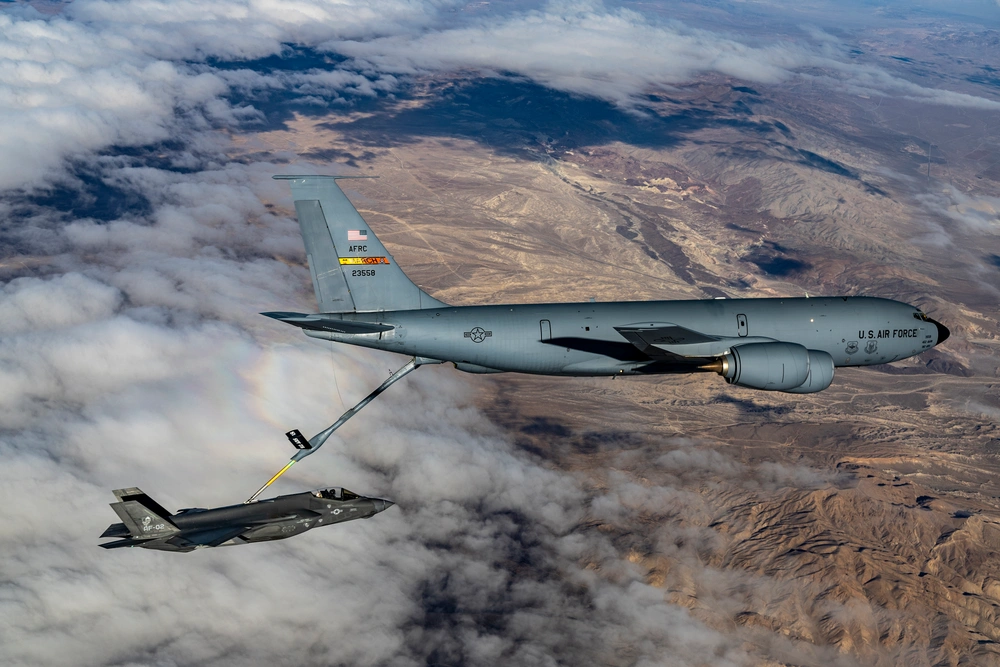
And then we have the Marine Corps’ remaining AV-8B Harriers, which are more attack jets than fighters, but they look the part, so we will include them. These vertical take-off and landing jets can hit 673 miles per hour, or about Mach .87, when flying naked.
And just for fun, let’s include the Army’s A-10 Warthog, which some call a fighter despite it being an attack aircraft. With a listed top speed of just 439 miles per hour – or Mach 0.57 – pilots joke that the A-10 is so slow that it runs the risk of bird strikes from behind. The A-10 is even 200 miles per hour slower than the B-52 Stratofortress.
However, top speed is less important than other metrics – like thrust-to-weight ratios – because, just like driving in your car, you don’t go on a top speed run very often, but being able to accelerate in a hurry often comes in pretty handy.
Feature Image: A 75th Fighter Squadron A-10 Thunderbolt II pilot performs preflight checks on his aircraft before a morning Combat Hammer sortie Nov. 2 at Eglin Air Force Base, Fla. A-10s, F-16s, F-22s and MQ-9s visited the base to participate in the 53rd Wing exercise. The 86th Fighter Weapons Squadron’s Combat Hammer is a weapons system evaluation program for air-to-ground munitions. (U.S. Air Force photo by Samuel King Jr.)
Read more from Sandboxx News
- SOCOM has now included AI in its top-tech wish list
- B-1 Lancers deploy over northern Europe to train on simulated bombing strikes and send Russia a message
- The complicated legacy of War Thunder in the military community
- The value of Research and Development of explosives for the Delta Force
- SOCOM wants its secretive Long Endurance Aircraft drone to be able to launch smaller drones
Related Posts
Sandboxx News Merch
-
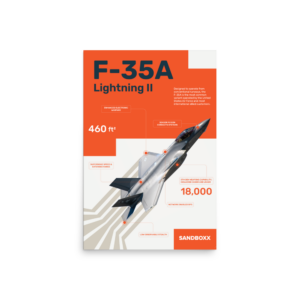
F-35 ‘Lightning’ Poster
$22.00 – $28.00Price range: $22.00 through $28.00 Select options This product has multiple variants. The options may be chosen on the product page -
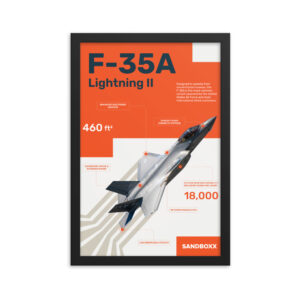
F-35 ‘Lightning’ Framed Poster
$45.00 – $111.00Price range: $45.00 through $111.00 Select options This product has multiple variants. The options may be chosen on the product page -

‘Sandboxx News’ Camo Trucker Hat
$29.00 Select options This product has multiple variants. The options may be chosen on the product page

Alex Hollings
Alex Hollings is a writer, dad, and Marine veteran.
Related to: Airpower
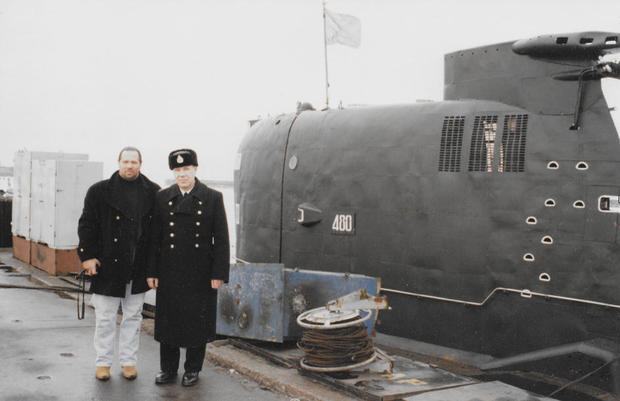
How Colombia’s drug cartels almost bought a Soviet submarine
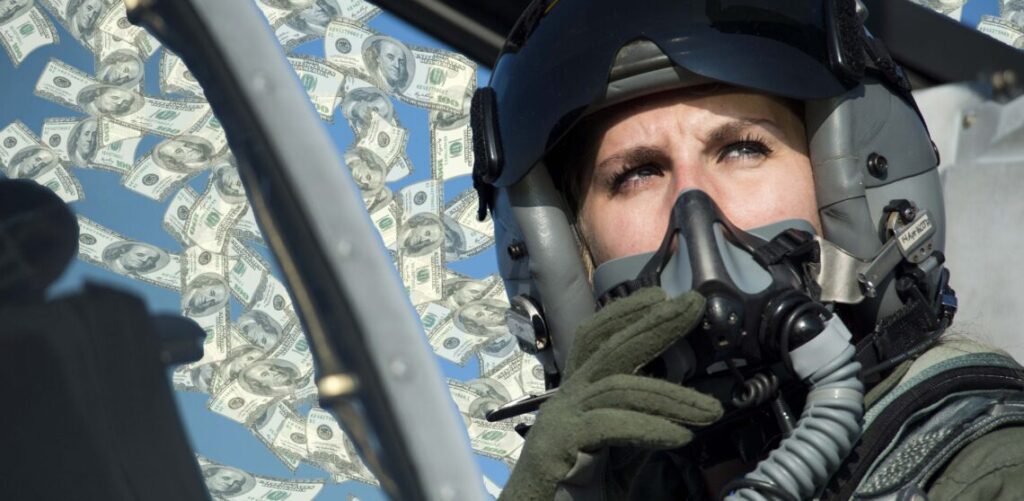
How much does it cost to train an Air Force pilot? A LOT

Lockheed wants to give the F-35 a ‘Ferrari upgrade’ to bring in on par with upcoming 6th-gen fighters
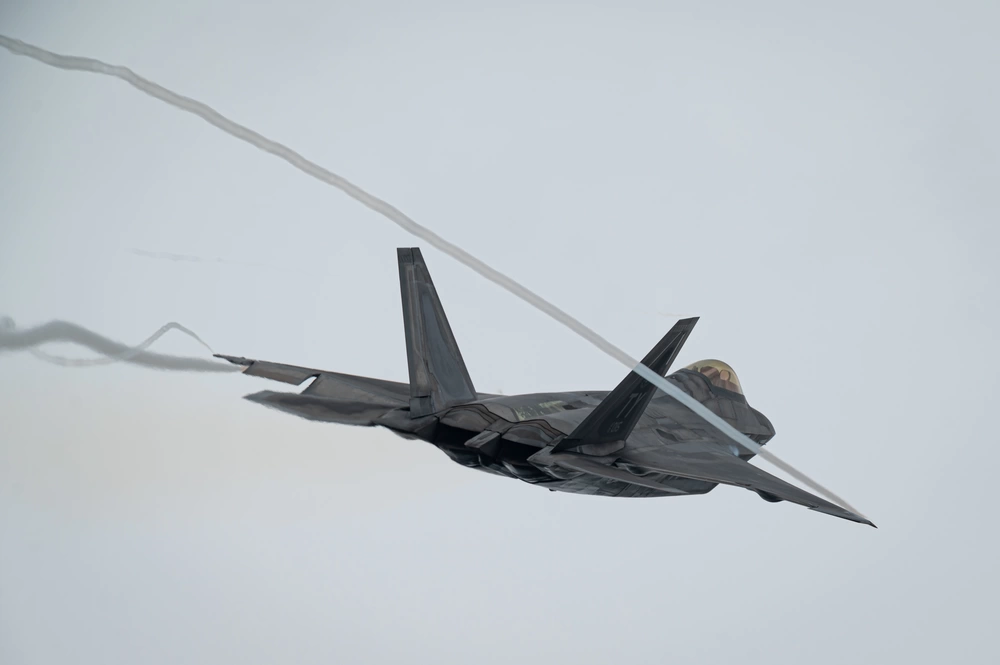
F-22 achieves record-breaking shot with Raytheon’s newest AIM-120 missile
Sandboxx News
-

‘Sandboxx News’ Trucker Cap
$27.00 Select options This product has multiple variants. The options may be chosen on the product page -

‘AirPower’ Classic Hoodie
$46.00 – $48.00Price range: $46.00 through $48.00 Select options This product has multiple variants. The options may be chosen on the product page -
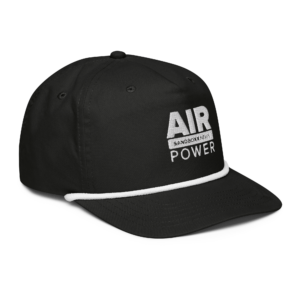
‘AirPower’ Golf Rope Hat
$31.00 Select options This product has multiple variants. The options may be chosen on the product page -

‘Sandboxx News’ Dad Hat
$27.00 Select options This product has multiple variants. The options may be chosen on the product page
